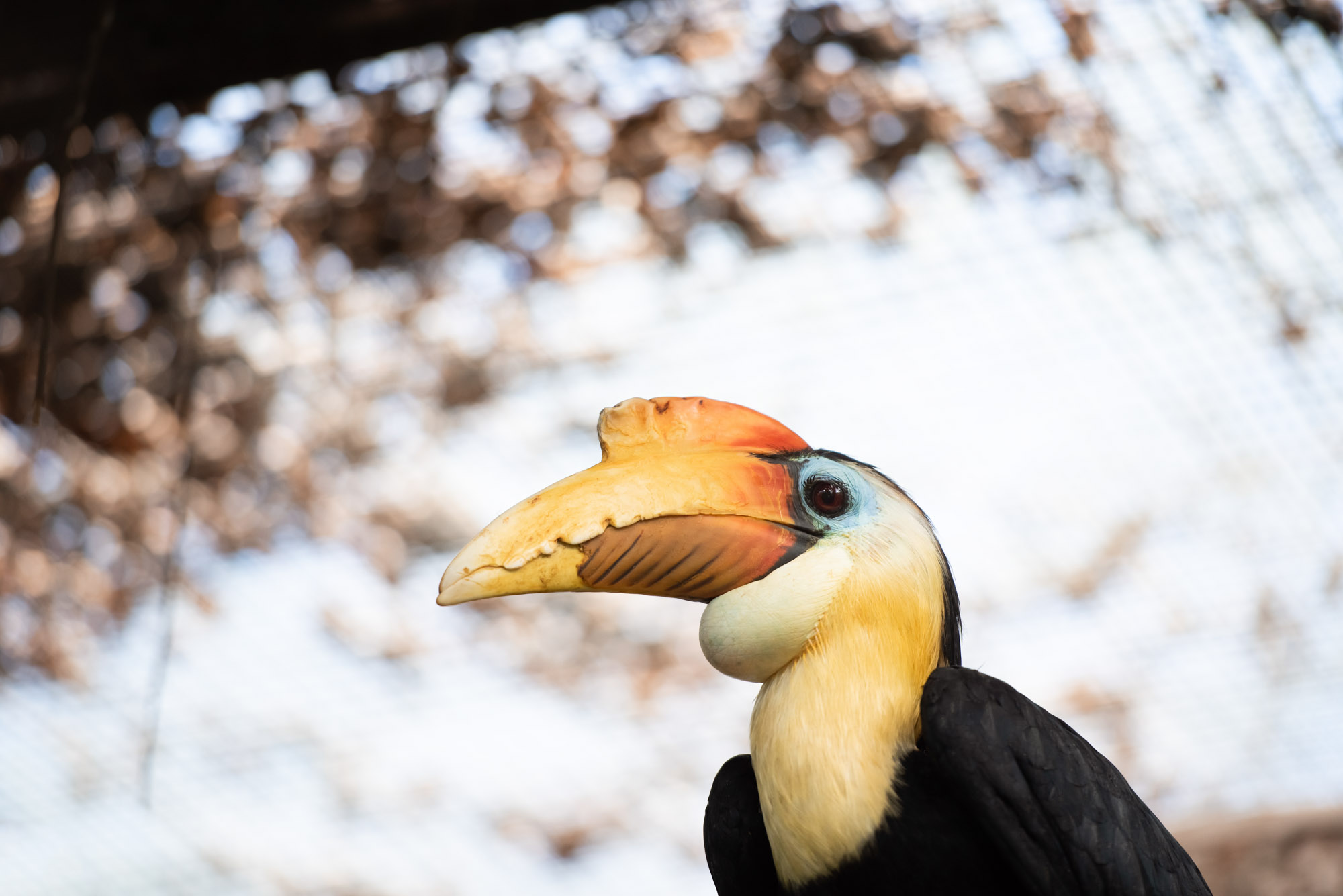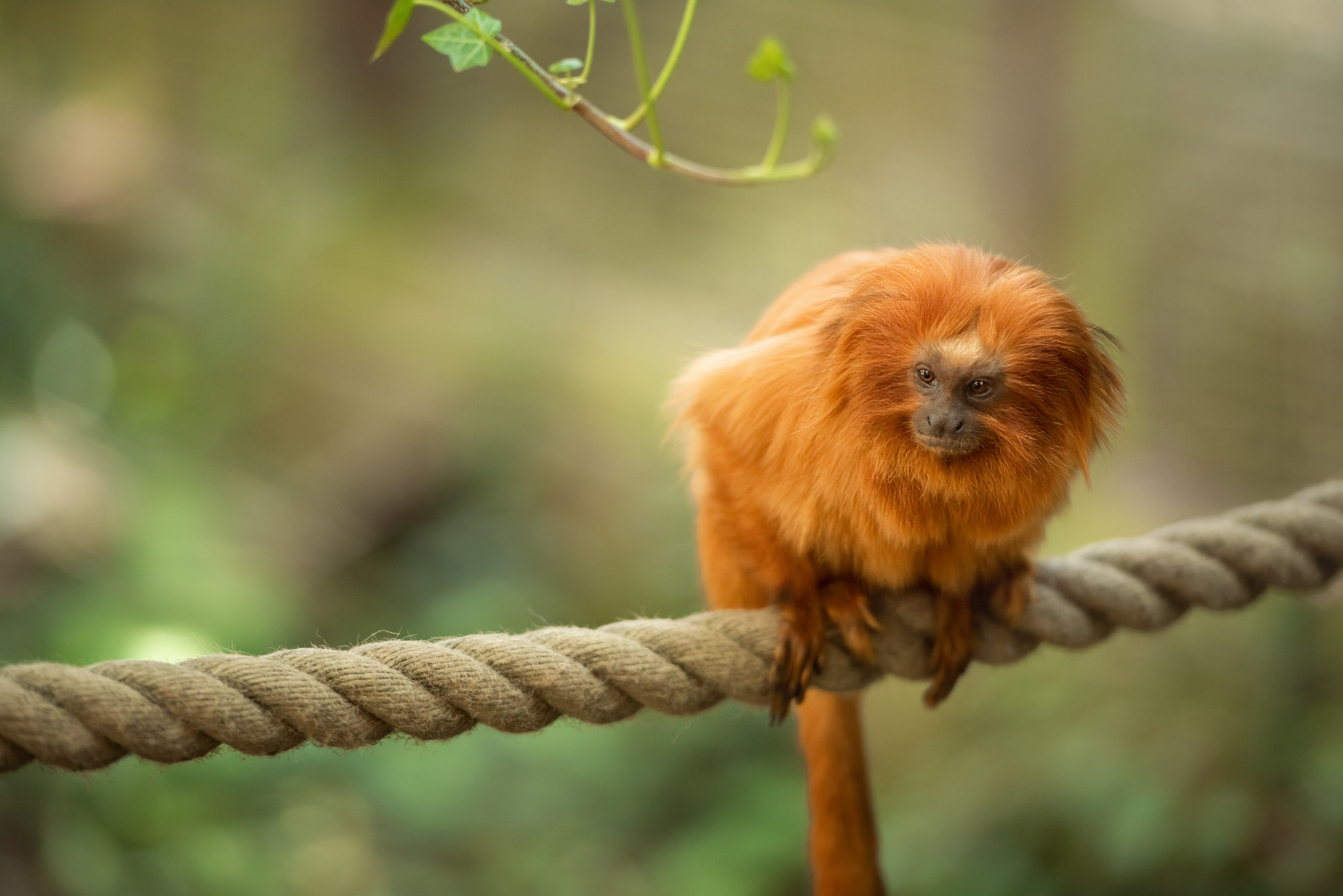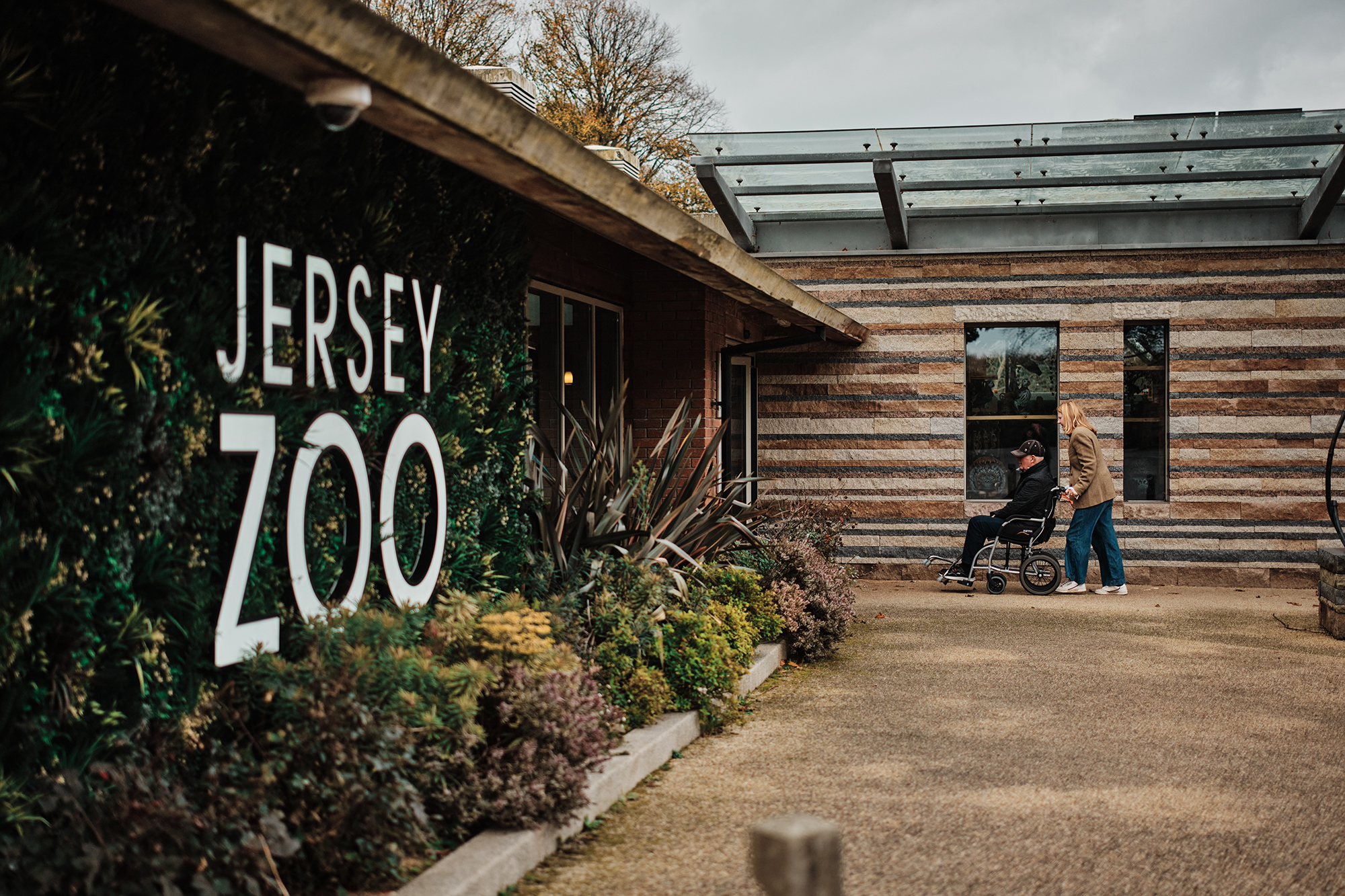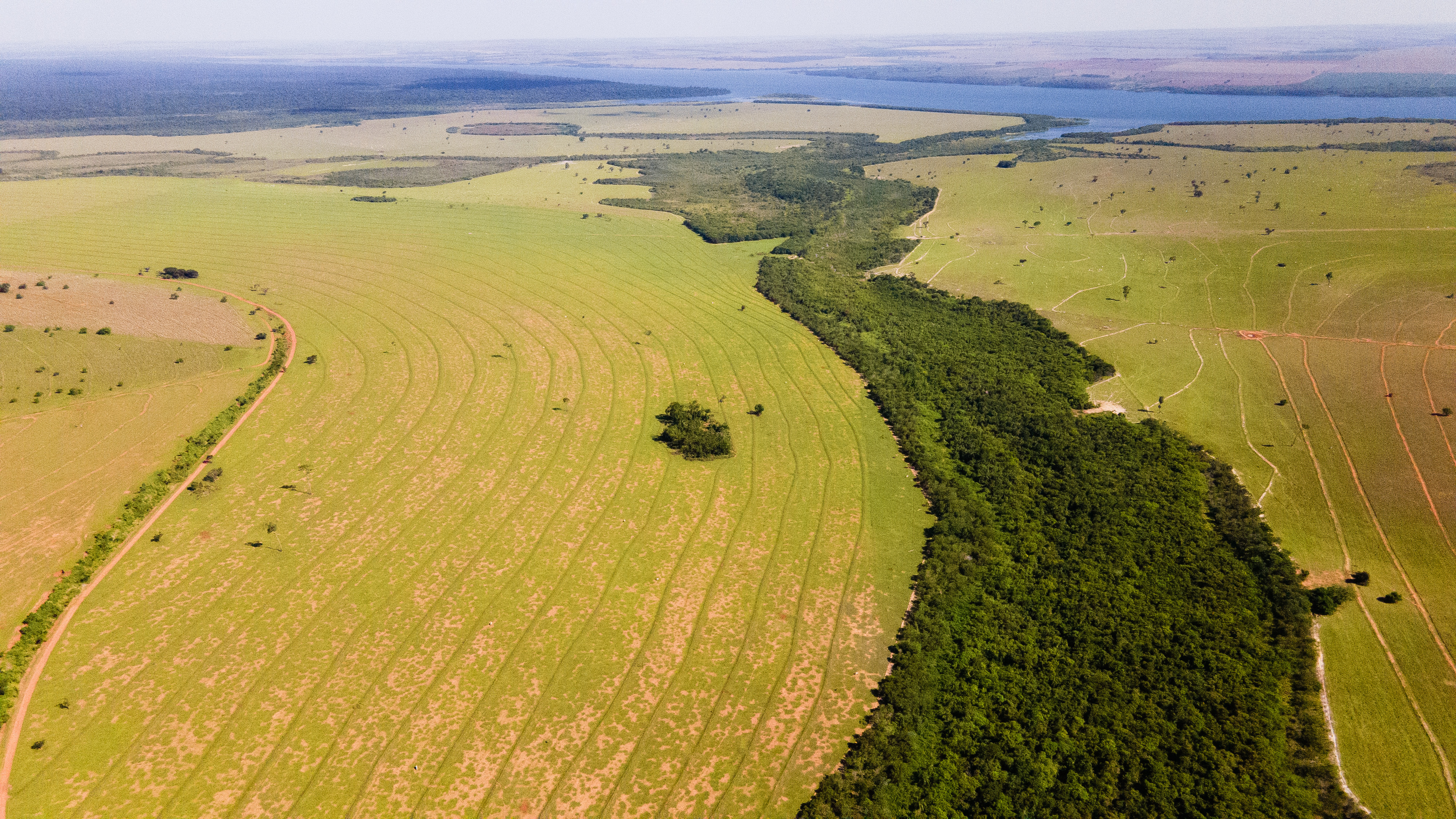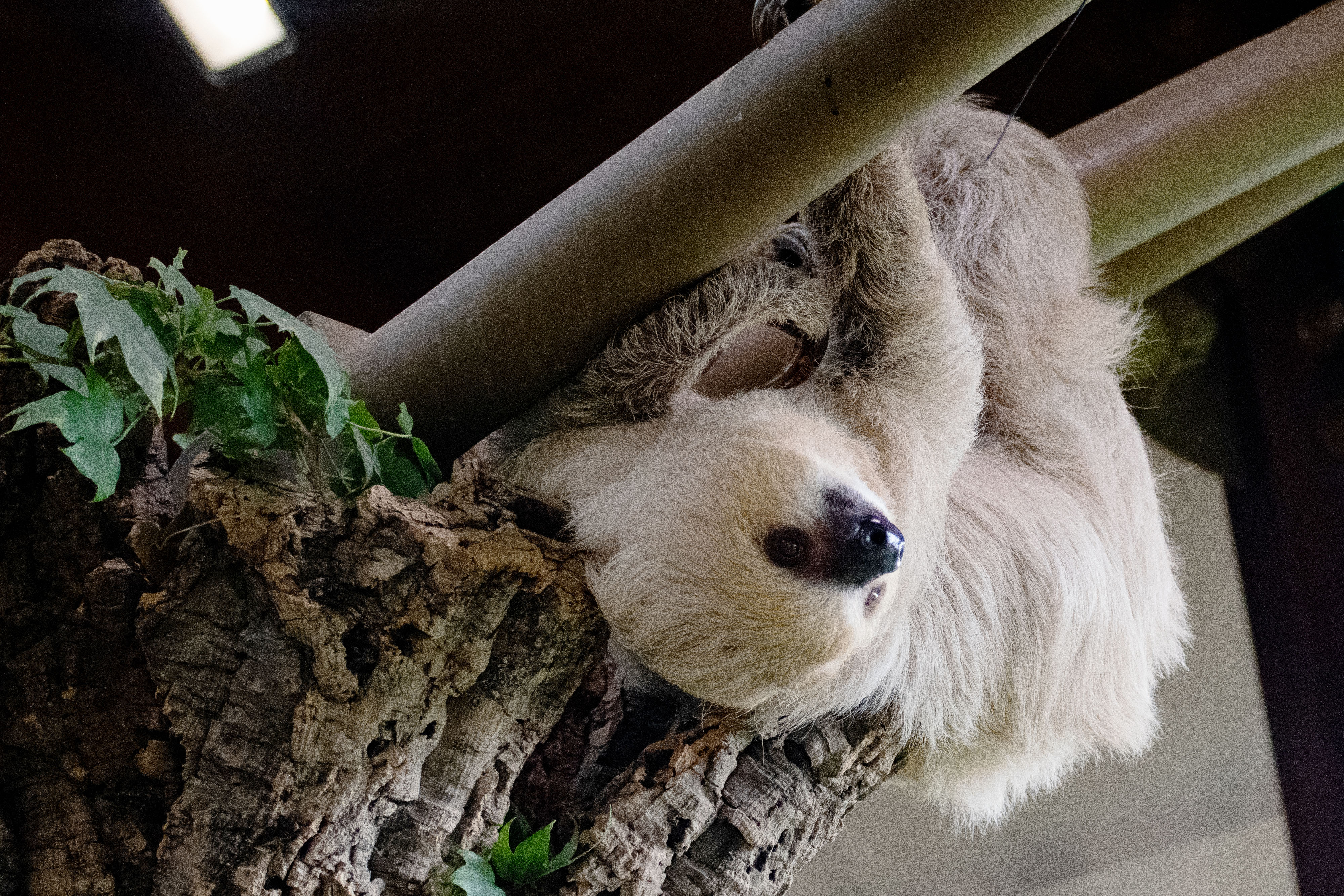30 years of saving the world’s smallest pig
Sunday 16 February 2025 marks 30 years of the Pygmy Hog Conservation Programme (PHCP), which aims to restore wild populations of the world’s smallest pig, the pygmy hog.
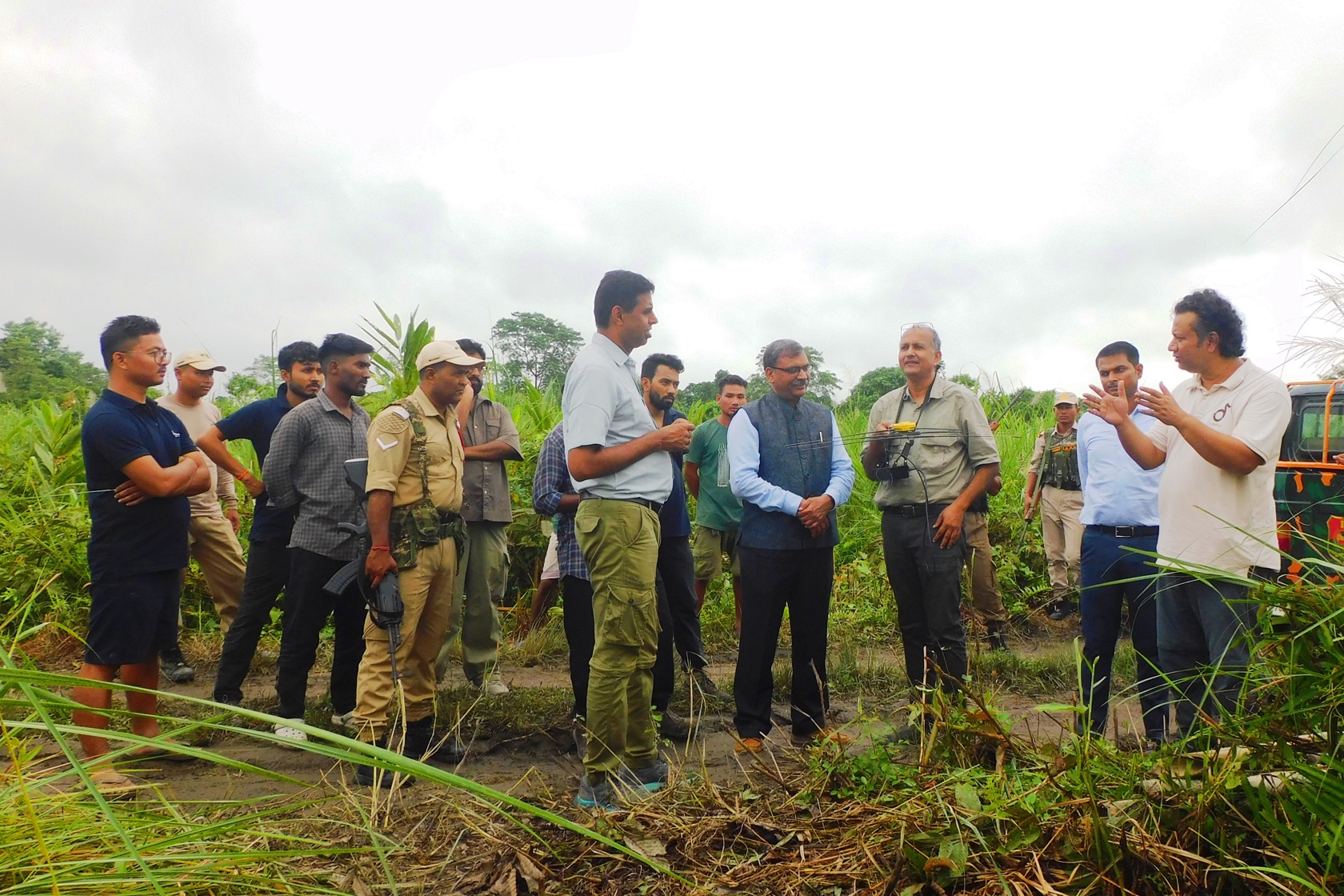
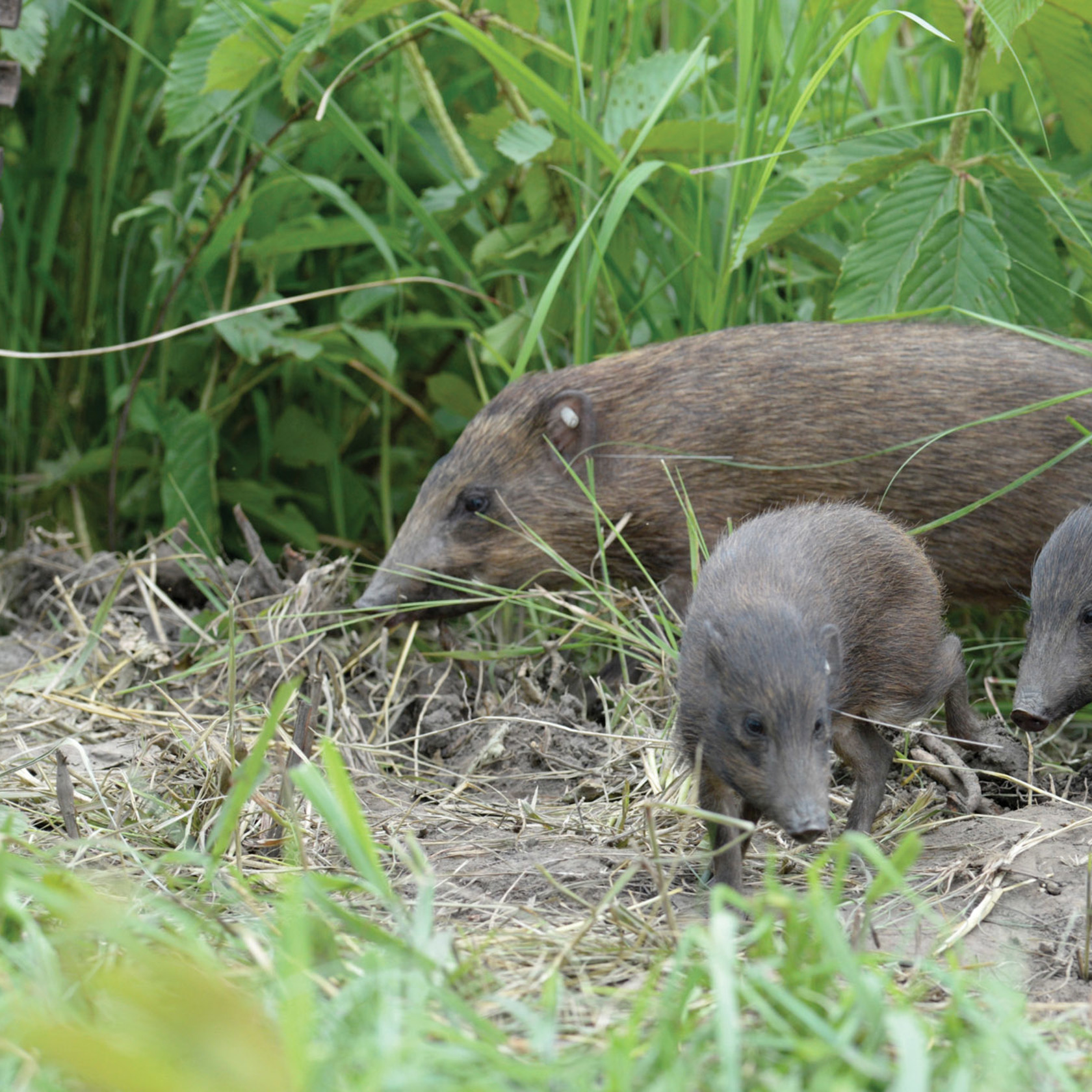
The elusive pygmy hog is one of the most threatened mammals on Earth, with an estimated 250 individuals left in the wild. The species is only found in the tall grasslands of Assam in India, which have suffered significant habitat loss and degradation. Once thought to be extinct, the pygmy hog was rediscovered in 1971 when a small group was found sheltering from a grassland fire.
Durrell has been working with pygmy hogs since the 1970s, and in 1995 formed part of the PHCP, a collaboration with the Assam Government, the Government of India and Aaranyak.
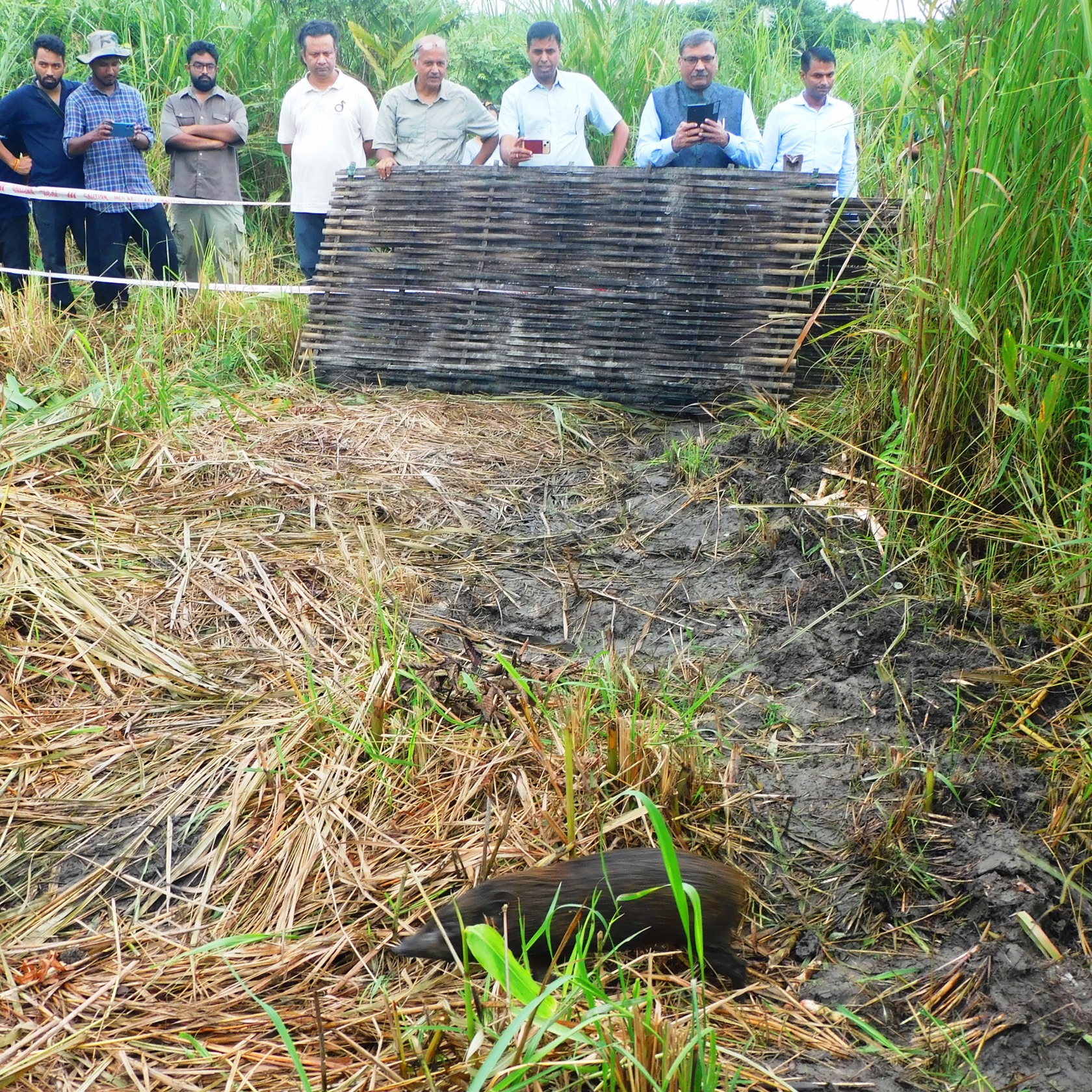
Confronted with a multitude of obstacles over the course of 30 years, from burning grasslands to habitat destruction caused by human conflict, the PHCP team have tirelessly dedicated their lives to conserving this unique creature.
Pygmy hogs are an indicator species, meaning they help to indicate the health of their local ecosystem. They are very sensitive to environmental changes, so when the grasslands started to disappear, their numbers also quickly decreased. In order to save the pygmy hog, the PHCP is protecting the precious sub-Himalayan grasslands they inhabit. By restoring their natural environment, they are also conserving species like Bengal floricans, Asian elephants, one-horned rhinos and Bengal tigers.

A vital aspect of the programme is captive breeding to boost pygmy hog populations. With two pygmy hog captive breeding centres in Assam, pygmy hogs are bred, reared and then released into the wild. Thanks to the PHCP, between 2008–2024, 179 hogs have been released into the wild.
Thought to be extinct in the 1970s and found nowhere else in the world, there are now healthy, wild populations of pygmy hogs in Assam, with a pregnant female captured on camera for the first time in 2024. The growing recovery of this species is an exciting indicator of a greener future for the grasslands, as well as good news for the long-term survival of the other animals living there and the valuable ecosystem services that healthy grasslands provide for local people.
Today, celebrating 30 years of a ground-breaking, collaborative recovery project, the Pygmy Hog Recovery Programme team continues in its mission of saving this unique species from extinction.
The Pygmy Hog Conservation Programme (PHCP) is a collaboration between Durrell Wildlife Conservation Trust, IUCN/SSC Wild Pig Specialist Group, Assam Forest Department, Ministry of Environment and Forests, Government of India, with Aaranyak as delivery partner.

